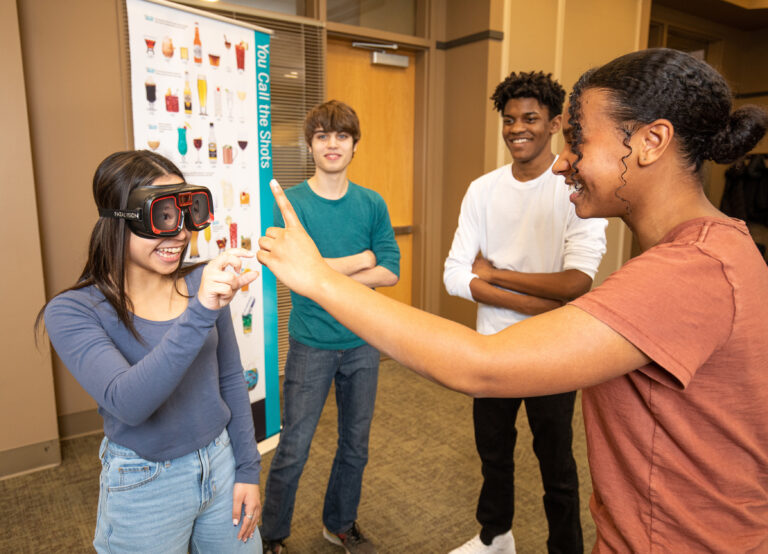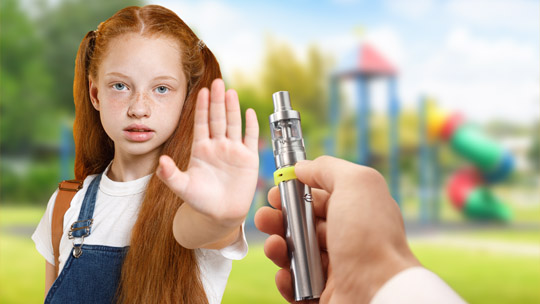
Addressing Laughter While Using Fatal Vision Goggles
Use laughter with Fatal Vision Goggles as a learning tool to encourage participation and understanding. Incorporating engaging tools like Fatal Vision Impairment Simulation Goggles into educational settings can be a





